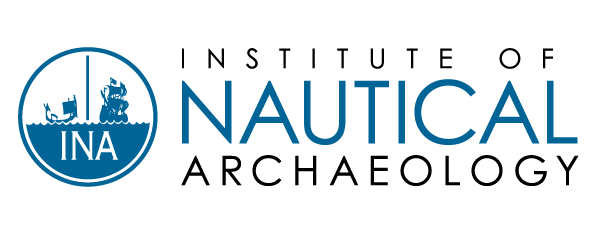Projects
Southern Europe
Mediterranean | Aegean
- Albania Ancient Shipwreck Project (Albania)
- Anaxum River Shipwreck Survey (Italy)
- Azores Shipwreck Survey (Portugal)
- B-24 Tulsamerican Survey (Croatia)
- Bajo de la Campana Iron Age Shipwreck Excavation (Spain)
- Bay of Lagos Survey (Portugal)
- Bozburun Byzantine Shipwreck Excavation (Turkey)
- Burgaz Harbors Research Project (Turkey)
- Cape Gelidonya Late Bronze Age Shipwreck Excavation (Turkey)
- Danaos Deep-Water Survey (Crete)
- Eastern Cyprus Maritime Survey (Cyprus)
- Finisterre Shipwreck Survey (Spain)
- Fournoi Underwater Survey (Greece)
- Gnalić Shipwreck Excavation (Croatia)
- Kekova Survey (Turkey)
- Kızılburun Column Wreck Excavation (Turkey)
- Kumluca Bronze Age Shipwreck Excavation (Turkey)
- Kyrenia Shipwreck Excavation (Cyprus)
- Marzamemi Maritime Heritage Project (Italy)
- Mazarron Timber Research Project (Spain)
- Novy Svet Wreck Research Project (Ukraine)
- Pabuç Burnu Shipwreck Excavation (Turkey)
- Secca di Capistello Shipwreck Survey (Italy)
- Serçe Limanı Shipwreck Excavation (Turkey)
- Şeytan Deresi Shipwreck Survey (Turkey)
- Tektaş Burnu Classical Greek Shipwreck Excavation (Turkey)
- The Twelve Apostles Research Project (Spain)
- Uluburun Late Bronze Age Shipwreck Excavation (Turkey)
- Yassıada Byzantine Shipwreck Excavation (Turkey)
- Yassıada Roman Shipwreck Excavation (Turkey)
- Yenikapı Byzantine Shipwrecks Project (Turkey)
Caribbean
North America
South America | Central America
- City Point Shipwreck Survey (USA)
- Civil War Blockade Runner Denbigh Excavation (USA)
- Clydesdale Plantation 18th-Century Sloop Excavation (USA)
- Easter Island Survey (Chile)
- Gaspé Bay Historic Shipwreck Survey (Canada)
- Red River Steamboat Heroine Excavation (USA)
- Revolutionary War Privateer Defence Excavation (USA)
- Ronson Ship Excavation (USA)
- Shelburne Shipyard Steamboat Graveyard Research Project (USA)
- Steamboat Anthony Wayne Research Project (USA)
- Steamboat Phoenix Research Project (USA)
- Sub Marine Explorer Survey (Panama)
- Yukon River Steamboat Survey (Canada)
Asia | Africa
Middle East
- Aksumite-Period Shipwreck Excavation (Eritrea)
- Bahrain Survey (Bahrain)
- Battle of Bạch Đằng Research Project (Vietnam)
- Ertuğrul Ottoman Frigate Excavation (Japan)
- Godavaya Ancient Shipwreck Excavation (Sri Lanka)
- Ioppa Maritima Survey (Israel)
- Khufu (Cheops) Royal Funerary Boat (Egypt)
- Santo Antonio de Tanna Shipwreck Excavation (Kenya)
- Tantura Lagoon Research Project (Israel)


